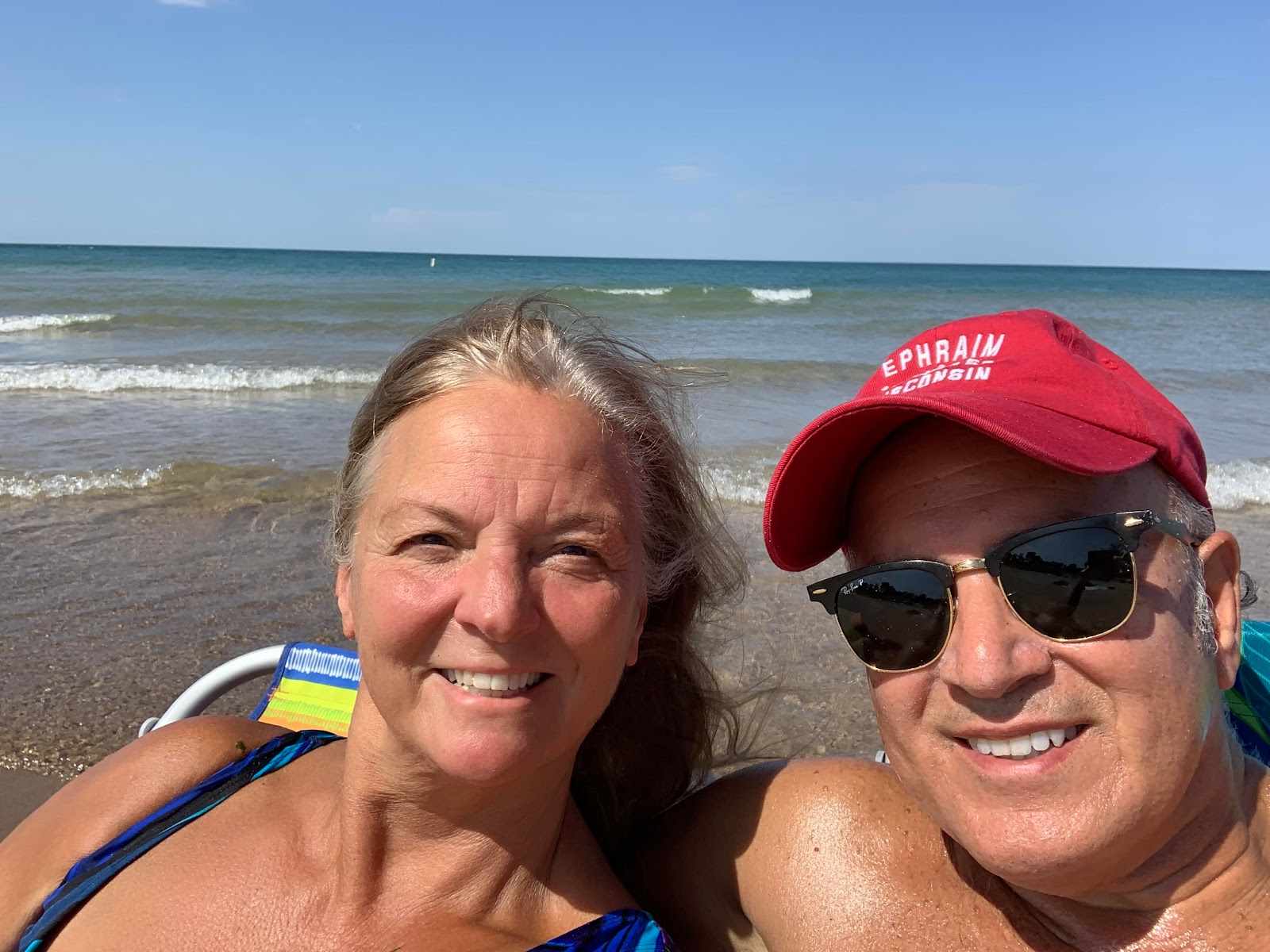The Indiana Dunes Entry Fees Explained
Two Parks One Destination
The Indiana Dunes is made up of two different parks—the Indiana Dunes National Park and the Indiana Dunes State Park. The Indiana Dunes State Park spreads over 2,000 acres with a swimming beach, nature center, and over 16 miles of hiking trails. The Indiana Dunes National Park is located on both the east and west sides of the state park. It’s a 13,000-acre preserve stretching 15 miles along the coast of Lake Michigan. The park has hiking trails, beaches, and some pretty amazing historical sites. Each park requires a different entry fee or pass to visit. We know it can be confusing, so we’re going to explain the different pass options in the blog below.
Indiana Dunes National Park Entry Fees
Starting March 31, 2022, the Indiana Dunes National Park will have an entrance fee at all beaches, trails, and other park sites. The national park system’s current annual pass, the America the Beautiful Pass, will be accepted, but there are a variety of other cheaper options as well.
- Indiana Dunes National Park Pass: $45/year
- America the Beautiful Annual Pass (entrance to over 2,000 federal recreation sites): $80/year
- Daily pass: $15 individual/$25 family
- 1-7 day pass: $25 per carload/$20 per motorcycle
- Commerical bus: up to $100
Indiana Dunes State Park Entry Fees
The Indiana Dunes State Park charges a daily fee, but an annual state park permit can be purchased as well. The state’s annual permit gives access to any of the 32 Indiana state parks that have a gate fee.
- In-state annual pass (entrance to all Indiana State Park sites): $50
- Non-resident annual pass (entrance to all Indiana State Park sites): $70
- In-state daily pass: $7
- Non-resident daily pass: $12
Still not sure which Indiana Dunes National Park pass is right for you?
Still wondering which pass you should buy to visit the Indiana Dunes National Park? Here are some scenarios that may help you decide which option is best for you.
If you want to visit multiple national parks throughout the year:
We recommend the America the Beautiful Pass for $80 a year. This can be used at over 2,000 federal recreation areas, including the over 420 national parks across the country. The pass is available for purchase now at the Indiana Dunes Visitor Center, Paul H. Douglas Center, or online. During the summer, the pass will also be available for purchase at West Beach. If you purchase the pass in person rather than online, the funds will go directly to supporting the Indiana Dunes National Park!
If you’re only interested in visiting the Indiana Dunes National Park this year:
If you’re absolutely sure you won’t be visiting any park beside the Indiana Dunes National Park, we recommend the cheaper option—the $45 Indiana Dunes National Park Annual Pass. This pass can be used at all of the Indiana Dunes National Park beaches, trails, and other sites. The pass will be available for purchase starting March 31, 2022, at the Indiana Dunes Visitor Center, Paul H. Douglas Center, or online. During the summer, the pass will also be available for purchase at West Beach.
If you’d like to visit the Indiana Dunes National Park for just one day:
We recommend the daily pass, which costs $15 for an individual or $25 for a family. You can visit as many Indiana Dunes National Park sites as you’d like with this pass over the course of one day.
If you’d like to visit the Indiana Dunes National Park for more than one day:
We recommend the 1-7 day pass, which costs $25 per carload or $20 per motorcycle. You can visit as many Indiana Dunes National Park sites as you’d like over the course of one to seven days.
If you are 62 years of age or older:
We recommend the national park service’s lifetime Senior Pass. This pass can be used at all national park sites in the country. You can purchase the lifetime Senior Pass at the Indiana Dunes Visitor Center.
What if I already have a different pass not listed above?
- Veterans, Military, and Gold Star Family Pass
- 4th Grade Pass
- Access Pass (for permanent disability)
- Volunteer Pass
See the Indiana Dunes National Park website for more details on the new fees.












